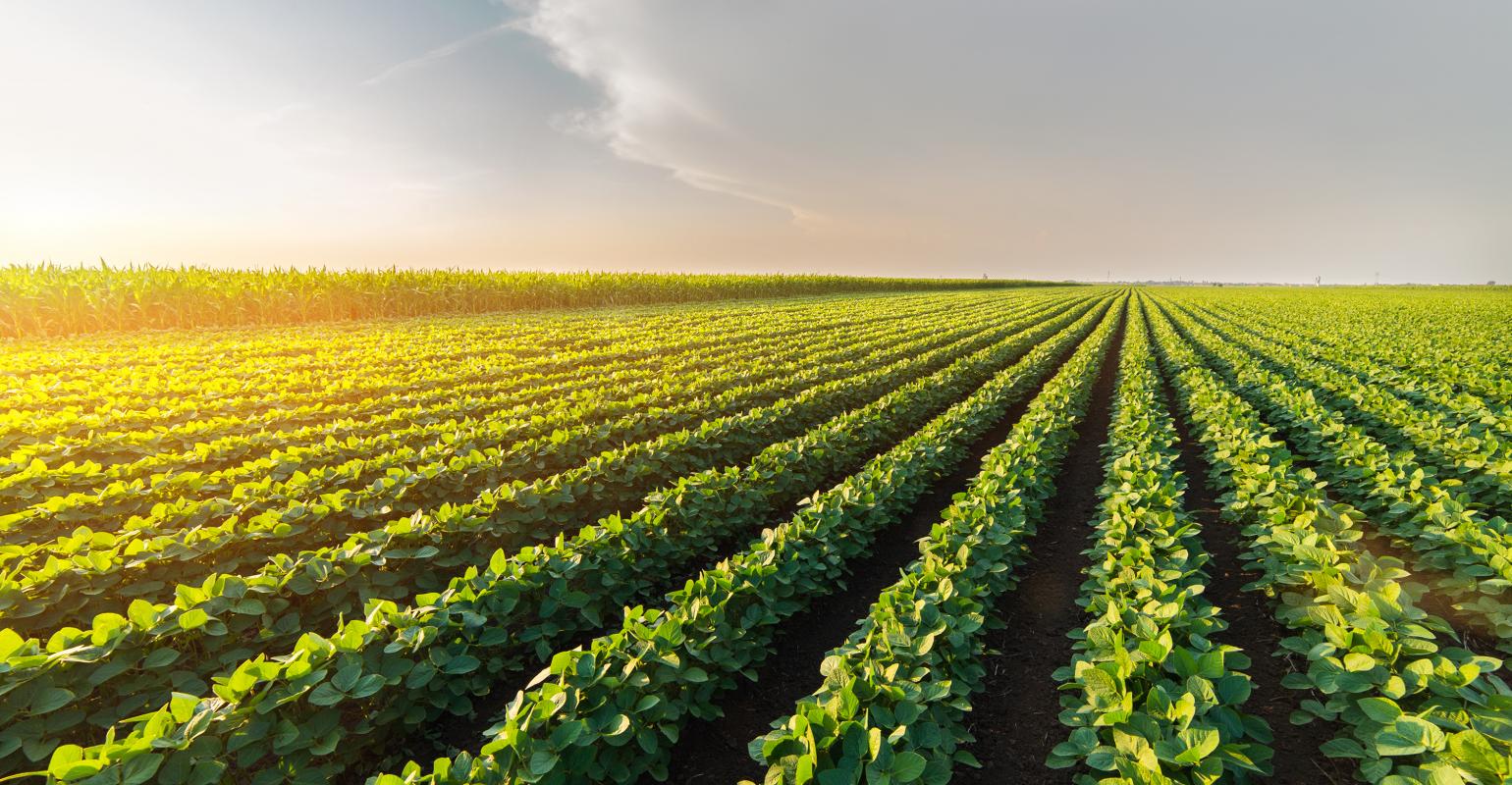A market specialist recently suggested that the ongoing war between Russia and Ukraine means the...
Midwest Farmers Intend to Plant More Corn, Wheat

Farmers across the Midwest are planning to plant more corn and wheat in 2023, according to Ag Access. In a survey with almost 400 respondents, farmers said they would dedicate 27% more acres to corn and 32% more to wheat with a smaller percentage increasing their soybean acres (17%).
This is in line with what USDA projected at its annual Agricultural Outlook Forum with corn plantings at 91.0 million acres, up from 88.6 million in 2022; wheat plantings at 49.5 million acres, up from 45.7 million in 2022; and soybeans at 87.5 million acres, unchanged from last year.
Seth Meyers, USDA Chief Economist, believes the increase in wheat acres is in response to the continued high global prices and tight supplies, partially due to the war in Ukraine. He also sees acres of corn and soybeans expanding a bit over last year. “The initial expectations for 2023 planted area indicate growth in total planted area of corn, wheat, and soybeans relative to the previous year. “Combined acreage for the three crops is projected at 228 million acres—a nearly 3% increase from 2022 when acres were constrained by unfavorable planting weather in the spring,” says Meyers.
New Technology and Practices
Ag Access’ survey also revealed that farmers are looking to ag tech for tools that help them meet the specific needs of their farms while boosting yields, lowering costs, providing time savings, and preserving resources and the environment. Row guidance, new seed treatments, fertilizer and planting upgrades, followed by automation and biologicals were the most popular new tech or advanced practices that the survey respondents plan to use this year.
One farmer responded that he is excited to use sophisticated technologies including robots, temperature and moisture sensors, aerial images, and GPS technology. “These advanced devices, precision agriculture, and robotic systems, allow businesses to be more profitable, efficient, safer, and more environmentally friendly.” He is also planning to use cloud data management to aggregate information from soil sensors, satellite images, and weather stations to help him make accurate, timely crop management decisions.
Several farmers stated they upgraded their used tractors, added more precision ag monitors, and are utilizing new varieties and variable rate applicators to lower input costs, accomplish fieldwork with fewer passes, and increase yields.
EDITOR’S TAKE:
When farmers examine their operations prior to planting season, there are many variables which can impact their decision of what crops to plant. Price is certainly high on the list, but that is not the only factor. Other considerations might include rotation plans, input costs, yield potential, weather outlook, and technology, to name a few. This report also makes it clear that technology and overall efficiency of their operation is becoming a much larger part of the equation. It won’t be long before these estimates can be field-verified and we will get a much better picture of what the ag landscape looks like for 2023. In the meantime, anything you can do via your service and parts departments to help farmers who are busy with planting season would be greatly appreciated by those farmers/ranchers in your area. They will remember you when they are looking for that new or qualified used truck later this year!







